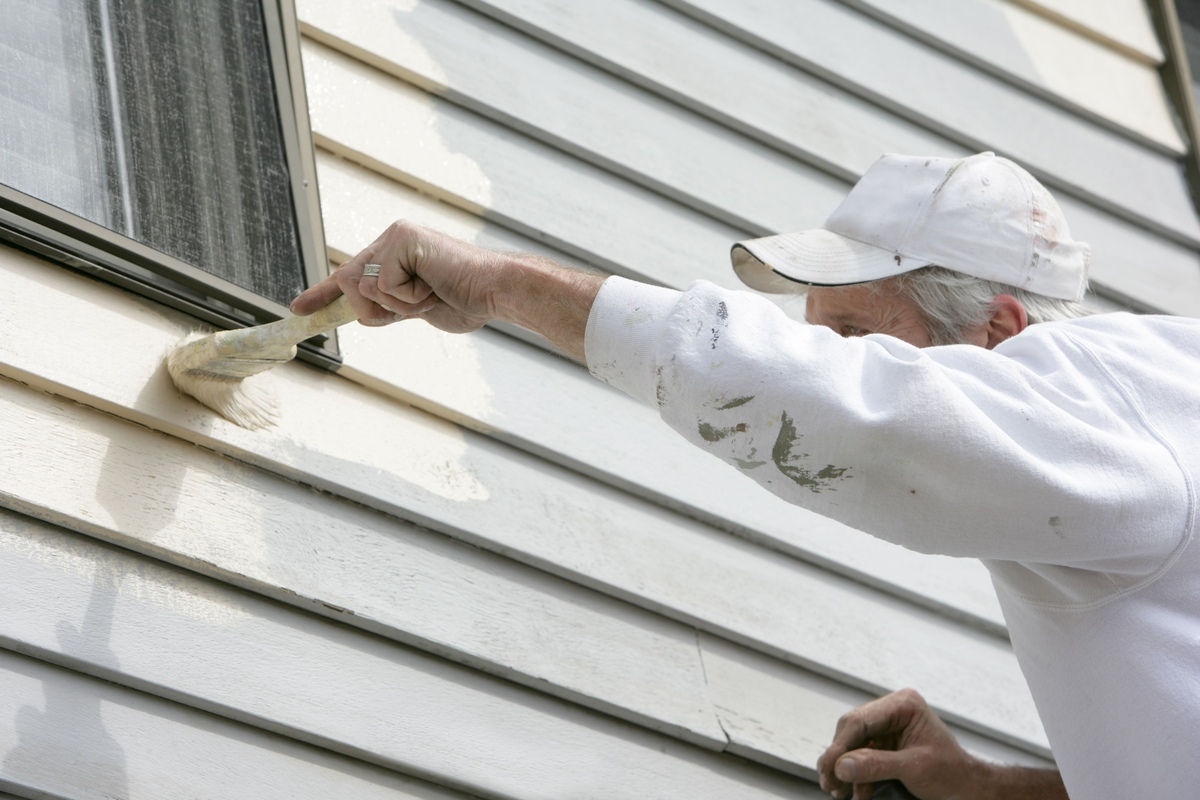

Articles
How Long Does Painted Vinyl Siding Last
Modified: October 20, 2024
Learn about the longevity of painted vinyl siding with our informative articles. Discover how long it can last and make the most of your investment.
(Many of the links in this article redirect to a specific reviewed product. Your purchase of these products through affiliate links helps to generate commission for Storables.com, at no extra cost. Learn more)
Introduction
When it comes to improving the aesthetic appeal of your home, painted vinyl siding can be a great option. Vinyl siding offers durability, low maintenance, and a wide range of color choices. However, like any exterior surface, painted vinyl siding is subject to wear and tear over time.
In this article, we will explore how long painted vinyl siding can last and the factors that affect its lifespan. We will also discuss the proper preparation, paint selection, and steps involved in painting vinyl siding. Additionally, we will provide essential maintenance tips to help extend the lifespan of your painted vinyl siding.
Whether you are considering painting your existing vinyl siding or you are curious about the longevity of a recently painted exterior, this article will equip you with the knowledge to make informed decisions and ensure your home looks beautiful for years to come.
Key Takeaways:
- Proper preparation, high-quality paint, and regular maintenance are essential for maximizing the lifespan of painted vinyl siding. Factors such as climate, application technique, and paint type also impact its durability.
- Signs that it’s time to repaint your vinyl siding include fading, peeling, discoloration, and chalking. Repainting not only restores the appearance but also provides added protection against weathering and potential damage.
Read more: How Long Vinyl Siding Last
Factors Affecting the Lifespan of Painted Vinyl Siding
The lifespan of painted vinyl siding depends on various factors that can impact its durability and appearance. Understanding these factors will help you make informed decisions and maximize the longevity of your painted vinyl siding.
1. Quality of Vinyl Siding: The quality of the vinyl siding itself plays a crucial role in determining how long the paint will last. High-quality vinyl siding tends to hold paint better and resist fading and cracking over time.
2. Climate and Weather Conditions: The climate in which your home is located can significantly impact the lifespan of painted vinyl siding. Excessive heat, intense sunlight, high humidity, and severe weather conditions can accelerate wear and tear, causing the paint to fade or peel more quickly.
3. Preparation: Proper preparation of the vinyl siding surface is essential for achieving a long-lasting paint job. Thoroughly clean the siding to remove dirt, mold, and mildew before applying paint. Any surface imperfections should also be addressed, such as repairing cracks or replacing damaged sections, to ensure a smooth and even paint application.
4. Paint Quality and Type: Choosing the right paint for vinyl siding is crucial for its longevity. Opt for high-quality exterior paint specifically formulated for use on vinyl surfaces. These paints often have added durability, UV protection, and resistance to fading and cracking. Additionally, consider using lighter paint colors, as they tend to reflect sunlight and withstand fading better than darker hues.
5. Application Technique: The method and technique used when applying paint to vinyl siding can affect its lifespan. Follow the manufacturer’s guidelines, apply the paint evenly, and allow proper drying time between coats. A professional painting contractor can provide the expertise needed for a flawless application.
6. Maintenance: Regular maintenance is vital for preserving the appearance and lifespan of painted vinyl siding. Mildly clean the surface with a soft cloth or sponge and a gentle detergent to remove dirt and grime. Avoid using abrasive cleaners or harsh chemicals that can damage the paint. Additionally, inspect the siding periodically for any signs of damage or wear and take necessary steps to address them promptly.
By taking these factors into consideration and implementing proper maintenance practices, you can extend the lifespan of your painted vinyl siding and keep it looking fresh and vibrant for many years.
Proper Preparation of Vinyl Siding for Painting
Proper preparation is crucial for achieving a successful and long-lasting paint job on vinyl siding. Follow these steps to ensure your vinyl siding is ready for painting:
- Clean the surface: Start by thoroughly cleaning the vinyl siding to remove dirt, grime, and any mildew or mold. Use a soft brush or sponge and a mild detergent solution. Rinse with water and allow the surface to dry completely.
- Inspect for damage: Carefully inspect the vinyl siding for any signs of damage, such as cracks, chips, or loose pieces. Replace or repair any damaged sections to ensure a smooth surface. It’s essential to address these issues before painting to prevent further damage and ensure a seamless finish.
- Sand rough areas: If you notice any rough or uneven areas on the siding, gently sand them down with fine-grit sandpaper. This will help create a smoother surface for the paint to adhere to and improve the overall appearance of the finished paint job.
- Prime the surface: Applying a primer before painting can enhance the adhesion of the paint and provide a more durable finish. Choose a primer that is compatible with both vinyl and the paint you intend to use. Follow the manufacturer’s instructions for application and drying time.
- Protect surrounding areas: Before you start painting, cover any nearby plants, windows, or other surfaces that you want to keep paint-free. Use drop cloths or plastic sheeting to protect these areas from accidental paint splatters or spills.
- Choose the right paint: Select paint specifically formulated for use on vinyl surfaces. Look for exterior-grade paint that offers durability, UV protection, and resistance to fading and peeling. Consult with a professional at your local paint store to ensure you choose the best paint for your vinyl siding.
By following these steps and properly preparing your vinyl siding, you create a clean and smooth surface that will optimize the adhesion and longevity of the paint. Taking the time to prepare the vinyl siding thoroughly will result in a professional-looking paint job that lasts for years to come.
Choosing the Right Paint for Vinyl Siding
Choosing the right paint for your vinyl siding is essential to ensure a long-lasting and visually appealing finish. Here are some factors to consider when selecting paint for vinyl siding:
- Opt for Exterior Grade: It is crucial to choose paint specifically designed for exterior use. Exterior-grade paint is formulated to withstand the elements, including exposure to sunlight, moisture, and temperature fluctuations.
- Look for Vinyl-Specific Formulas: Some paint brands offer specific formulations designed to adhere to vinyl surfaces. These paints often have added flexibility to withstand the expansion and contraction of vinyl due to temperature changes.
- Consider Lighter Colors: Lighter paint colors tend to reflect sunlight rather than absorb it. This means they are less prone to fading and heat damage compared to darker colors. Additionally, light-colored paint can help keep the vinyl siding cooler, reducing the risk of warping or distortion.
- Choose a High-Quality Brand: Investing in a reputable and high-quality paint brand can make a significant difference in the durability and appearance of your vinyl siding. These paints often offer better coverage, fade resistance, and longevity.
- UV Protection: Look for paints that offer UV protection. Vinyl siding is exposed to direct sunlight, and UV rays can cause the color to fade over time. UV-resistant paint helps to maintain the vibrancy and longevity of the color.
- Consider Sheen: The sheen or gloss level of the paint can influence the overall appearance and durability. Matte or satin sheens hide imperfections better, while semi-gloss or gloss finishes provide a more resilient and easy-to-clean surface.
- Consult with Professionals: If you are unsure about which paint brand, color, or finish to choose, consult with professionals at a paint store or seek advice from a painting contractor. They can provide valuable insights based on their experience and help you make an informed decision.
Remember, proper surface preparation and application technique are just as important as choosing the right paint. Follow the manufacturer’s instructions for painting vinyl siding and consult with professionals if you have any specific concerns or questions. By selecting the appropriate paint, you can protect and enhance the beauty of your vinyl siding for years to come.
Vinyl siding typically lasts 20-40 years, but painted vinyl may require more frequent maintenance. To extend its lifespan, use high-quality paint and regularly clean and inspect for any signs of wear or damage.
Steps to Paint Vinyl Siding
Painting vinyl siding can transform the look of your home and enhance its curb appeal. Follow these steps to ensure a successful paint job on your vinyl siding:
- Clean the surface: Begin by thoroughly cleaning the vinyl siding. Use a mild detergent solution and a soft brush or sponge to remove dirt, grime, and any mildew or mold. Rinse the siding with water and allow it to dry completely.
- Prime (if necessary): In some cases, priming may be necessary, especially if you are painting over a darker color or if your siding has a glossy finish. Use a primer specifically designed for vinyl surfaces and follow the manufacturer’s instructions for application and drying time.
- Choose your paint: Select a high-quality exterior-grade paint that is suitable for use on vinyl surfaces. Consider factors such as color, sheen, and UV protection. Consult with professionals at a paint store for recommendations based on your specific needs.
- Prepare the paint: Stir the paint thoroughly to ensure an even consistency. If needed, thin the paint with a compatible thinning agent as per the manufacturer’s instructions. Use a clean bucket or tray for easy access during the painting process.
- Apply the paint: Use a high-quality brush, roller, or paint sprayer to apply the paint onto the vinyl siding. Start with the edges and corners using a brush, then move on to larger areas with a roller or sprayer for a more efficient application. Apply thin, even coats of paint, allowing each coat to dry before applying the next.
- Work in sections: Divide the vinyl siding into manageable sections and focus on one section at a time. This will help ensure an even application and prevent the paint from drying too quickly.
- Allow drying time: Follow the manufacturer’s instructions regarding the drying time between coats. It is essential to allow sufficient drying time to prevent the paint from smudging or peeling.
- Inspect the paint job: Once the final coat is applied and dried, inspect the paint job for any missed spots, streaks, or uneven areas. Touch up any necessary areas to achieve a seamless and professional finish.
- Clean up: Clean your equipment promptly after painting. If you used brushes or rollers, rinse them thoroughly with water or the recommended cleaning agent. Dispose of any paint waste responsibly, following local regulations.
- Maintain and protect the paint: Regularly clean the painted vinyl siding using a mild detergent and water to remove any dirt or debris. Avoid using abrasive materials or harsh chemicals that can damage the paint. Inspect the siding periodically and address any maintenance needs promptly to prolong the lifespan of the paint.
By following these steps and taking the time to properly prepare and paint your vinyl siding, you can achieve a beautiful and long-lasting finish that revitalizes the look of your home.
Maintenance Tips to Extend the Lifespan of Painted Vinyl Siding
Maintaining your painted vinyl siding is essential to prolong its lifespan and keep it looking fresh and vibrant. Here are some maintenance tips to help you preserve the beauty and integrity of your painted vinyl siding:
- Regular Cleaning: Regularly clean your painted vinyl siding to remove dirt, dust, and other debris that can accumulate over time. Use a soft brush or sponge and a mild detergent solution to gently scrub the surface. Rinse thoroughly with water.
- Avoid Harsh Cleaners: Avoid using abrasive cleaners or harsh chemicals that can damage the paint and vinyl siding. Stick to mild, non-abrasive cleaners that are safe for use on painted surfaces.
- Inspect for Damage: Periodically inspect your painted vinyl siding for any signs of damage, such as cracks, chips, or peeling paint. Address any issues promptly by making necessary repairs or touch-ups to prevent further damage and maintain the integrity of the paint job.
- Keep Hedges and Vegetation Trimmed: Trim back any overgrown vegetation, shrubs, or trees near your vinyl siding. Overhanging branches or shrubs can rub against the siding, causing scratches or damage to the paint.
- Prevent Mold and Mildew: Keep an eye out for any signs of mold or mildew growth on your painted vinyl siding. Promptly address any areas of concern by cleaning them with a mixture of water and mildew-resistant detergent. It’s important to prevent mold and mildew from spreading and damaging the paint.
- Avoid Direct Heat: Minimize exposure of your painted vinyl siding to direct heat sources, such as grills or lamps. Heat can cause the paint to fade or peel prematurely. Consider relocating any heat sources away from the siding or using heat-resistant barriers to protect the surface.
- Protect Against Sun Damage: Ultraviolet (UV) rays from the sun can cause the paint on your vinyl siding to fade over time. Consider applying a clear UV-resistant coating or using paint that offers built-in UV protection. These measures can help extend the lifespan of the paint and maintain its vibrant color.
- Address Moisture Issues: Moisture can be damaging to both the paint and the underlying vinyl siding. Ensure proper drainage around your home’s foundation and fix any sources of water leakage or intrusion. Keeping your vinyl siding moisture-free will help prevent paint damage and other problems.
- Inspect Caulking and Seals: Check the caulking and seals around windows, doors, and other areas where the vinyl siding meets another material. If you notice any gaps or cracks, reapply caulk or replace seals as needed. This will help maintain the integrity of the siding and prevent water infiltration.
- Reapply Paint as Needed: Over time, even the best paint job can start to fade or show signs of wear. When the paint on your vinyl siding begins to deteriorate, consider repainting to protect the siding and maintain its appearance. It’s important to follow proper surface preparation and painting techniques when applying a fresh coat of paint.
By following these maintenance tips, you can extend the lifespan of your painted vinyl siding and ensure that it continues to enhance the beauty of your home for years to come.
Signs it’s Time to Repaint Your Vinyl Siding
Vinyl siding is known for its durability and low maintenance, but over time, even the best paint job can begin to show signs of wear and fade. Here are some telltale signs that it’s time to repaint your vinyl siding:
- Fading: One of the most obvious signs that your vinyl siding needs repainting is significant fading. Over time, exposure to sunlight can cause the paint to lose its vibrancy and become dull or washed out. If your siding has noticeably faded, it’s time to freshen it up with a new coat of paint.
- Peeling or Cracking: Paint that is peeling or cracking is a clear indication that it’s time to repaint. Peeling or cracked paint not only looks unsightly but can also leave the underlying vinyl siding exposed to potential damage. Repainting will help protect the siding and restore its appearance.
- Discoloration: If you notice areas of discoloration on your vinyl siding, it could be a sign that the paint has started to deteriorate. Discoloration can occur due to exposure to the elements, moisture, or other factors. Repainting the affected areas will help restore a uniform color and maintain the overall look of your home’s exterior.
- Chalking: Chalking occurs when a white, powdery residue forms on the surface of the paint. While some degree of chalking is expected over time, excessive chalking indicates that the paint has aged and weathered. If you run your hand over the siding and it feels powdery, it’s time to consider repainting.
- Stains and Mildew: Stains and mildew can be particularly noticeable on light-colored vinyl siding. If your siding has persistent stains or mildew growth that does not respond to cleaning, repainting is a good solution. The new coat of paint will cover the stains and help prevent further growth of mildew or mold.
- Outdated Color: If the current color of your vinyl siding is outdated or no longer matches your desired aesthetic, it might be time for a change. Repainting allows you to update the look of your home and enhance its overall appeal.
- Protection against Weathering: Even if the paint on your vinyl siding still looks decent, it’s a good idea to consider repainting as a preventive measure. Repainting provides an added layer of protection against the elements, helping to maintain the integrity of the siding and prolong its lifespan.
- Home Renovations: If you’re planning other exterior renovations or improvements to your home, such as adding a sunroom or changing the color scheme, repainting the vinyl siding can be a logical step to ensure a cohesive look.
Ultimately, the decision to repaint your vinyl siding depends on the extent of the damage, your aesthetic preferences, and the overall condition of the siding. If you notice any of these signs, consult with a professional or consider undertaking the repainting project yourself to restore the beauty and protect the longevity of your vinyl siding.
Conclusion
Painting vinyl siding is an effective way to refresh the appearance of your home and give it a new lease on life. With proper preparation, the right choice of paint, and careful application, you can achieve a long-lasting and visually appealing finish. However, maintaining your painted vinyl siding is equally important in order to maximize its lifespan and keep it looking its best.
By following the maintenance tips and regularly inspecting your siding for signs of wear, you can address any issues promptly and extend the life of the paint. Cleaning the surface, avoiding harsh chemicals, and protecting against sun damage are all crucial steps in preserving the beauty of your painted vinyl siding.
Knowing when it’s time to repaint your vinyl siding is also important. Fading, peeling, cracking, and discoloration are all signs that the paint is deteriorating and needs attention. Repainting not only restores the look of your siding but also provides added protection against weathering and potential damage.
As with any home improvement project, it’s recommended to consult with professionals if you have any doubts or need guidance. They can provide expert advice on paint selection, proper techniques, and maintenance practices specific to your vinyl siding.
By taking the necessary steps to prepare, paint, and maintain your vinyl siding, you can enjoy the benefits of a beautiful and durable exterior for years to come. Whether you’re looking to rejuvenate the appearance of your home or simply enhance its curb appeal, painting your vinyl siding is a worthwhile investment that can transform the look and feel of your property.
So go ahead, embrace the power of paint, and give your vinyl siding the attention it deserves. With the right approach, you can create a lasting impression and make your home the envy of the neighborhood.
Frequently Asked Questions about How Long Does Painted Vinyl Siding Last
Was this page helpful?
At Storables.com, we guarantee accurate and reliable information. Our content, validated by Expert Board Contributors, is crafted following stringent Editorial Policies. We're committed to providing you with well-researched, expert-backed insights for all your informational needs.

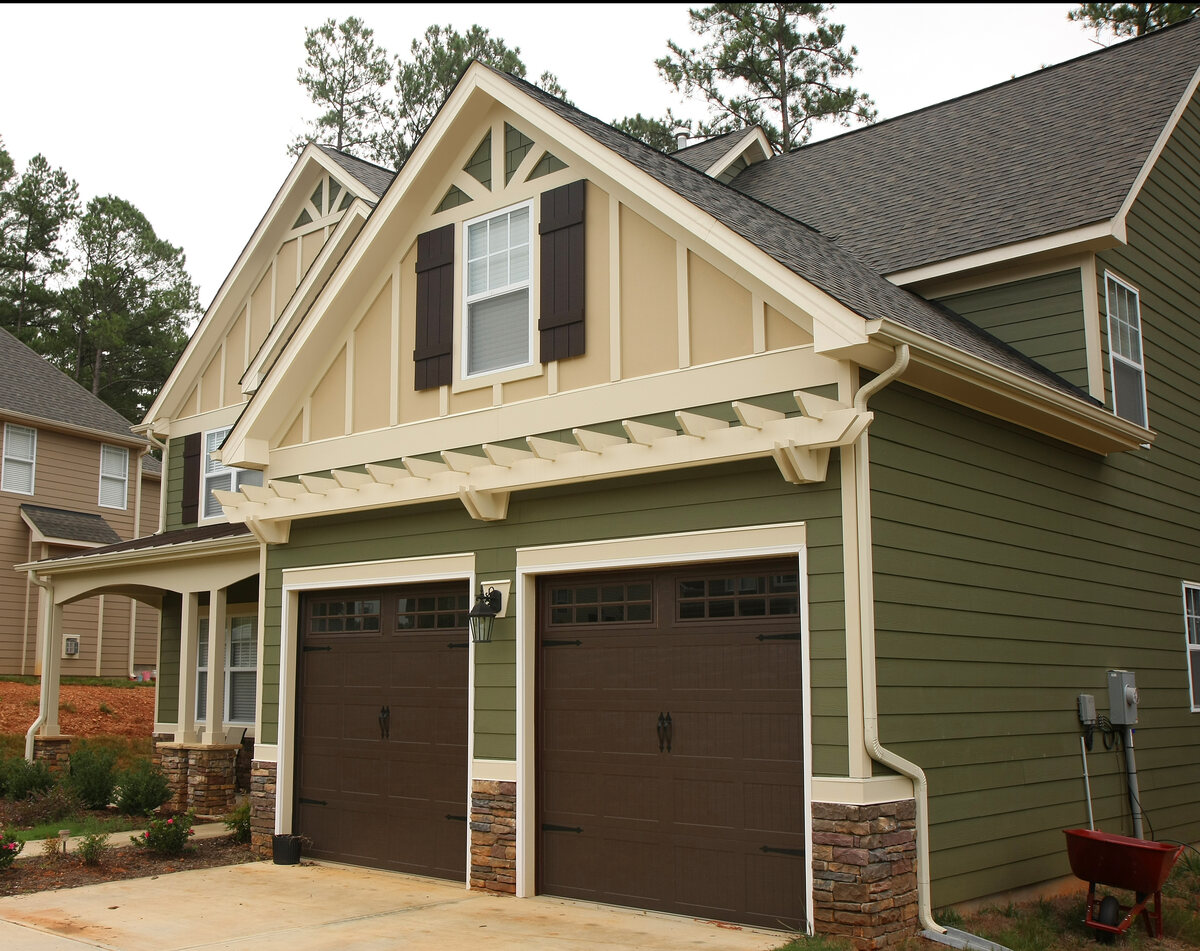
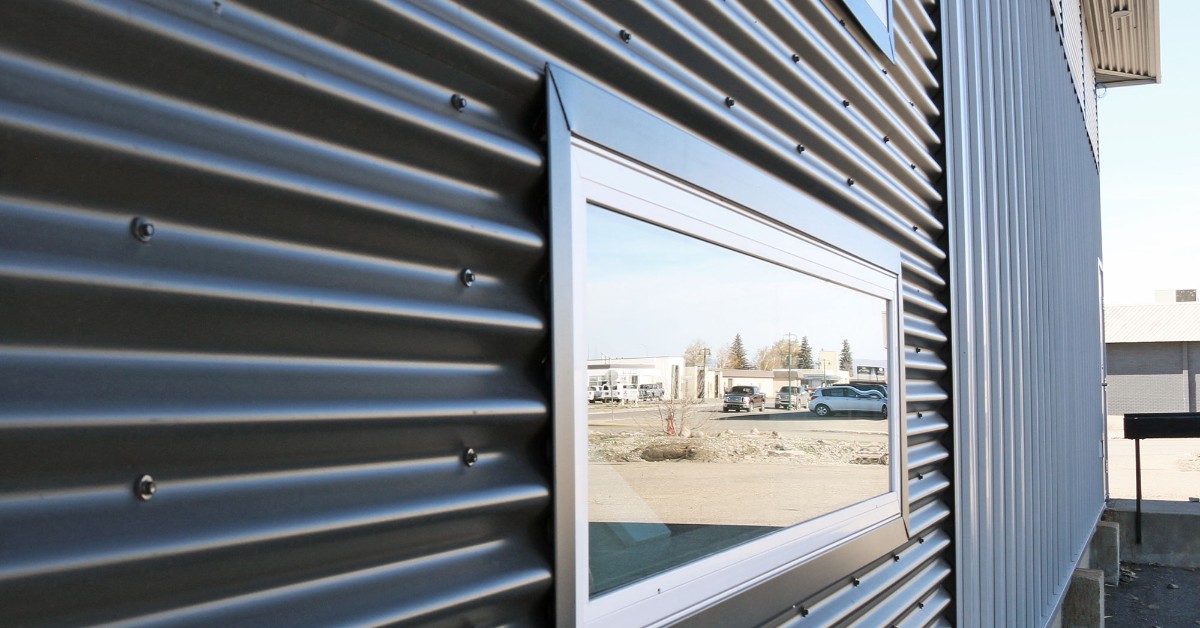
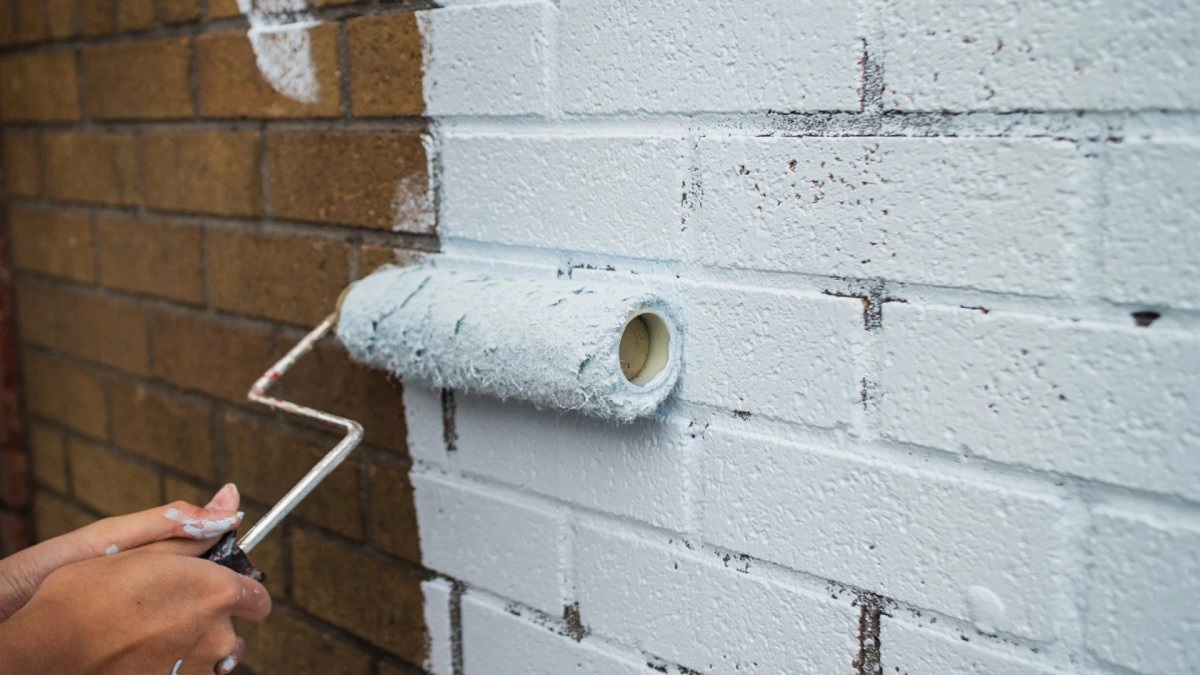

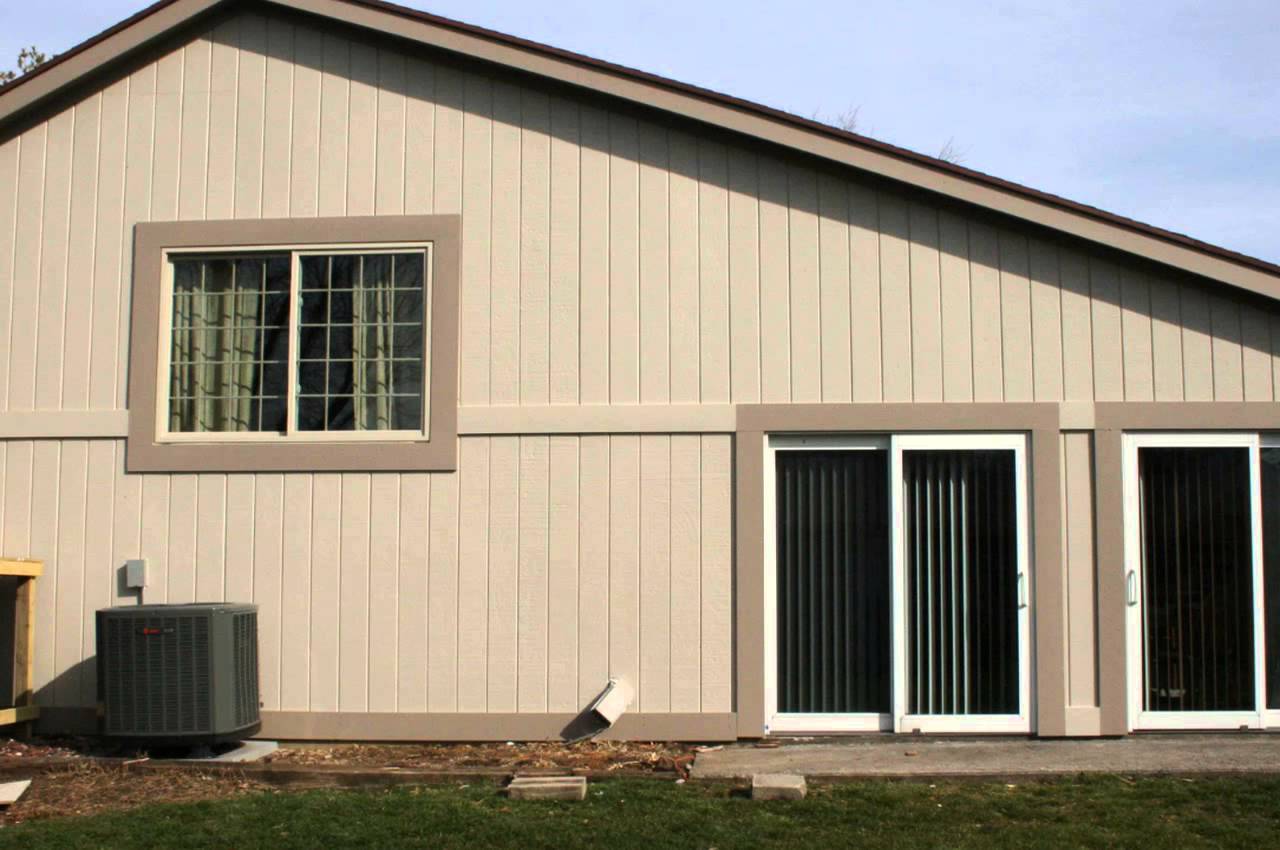
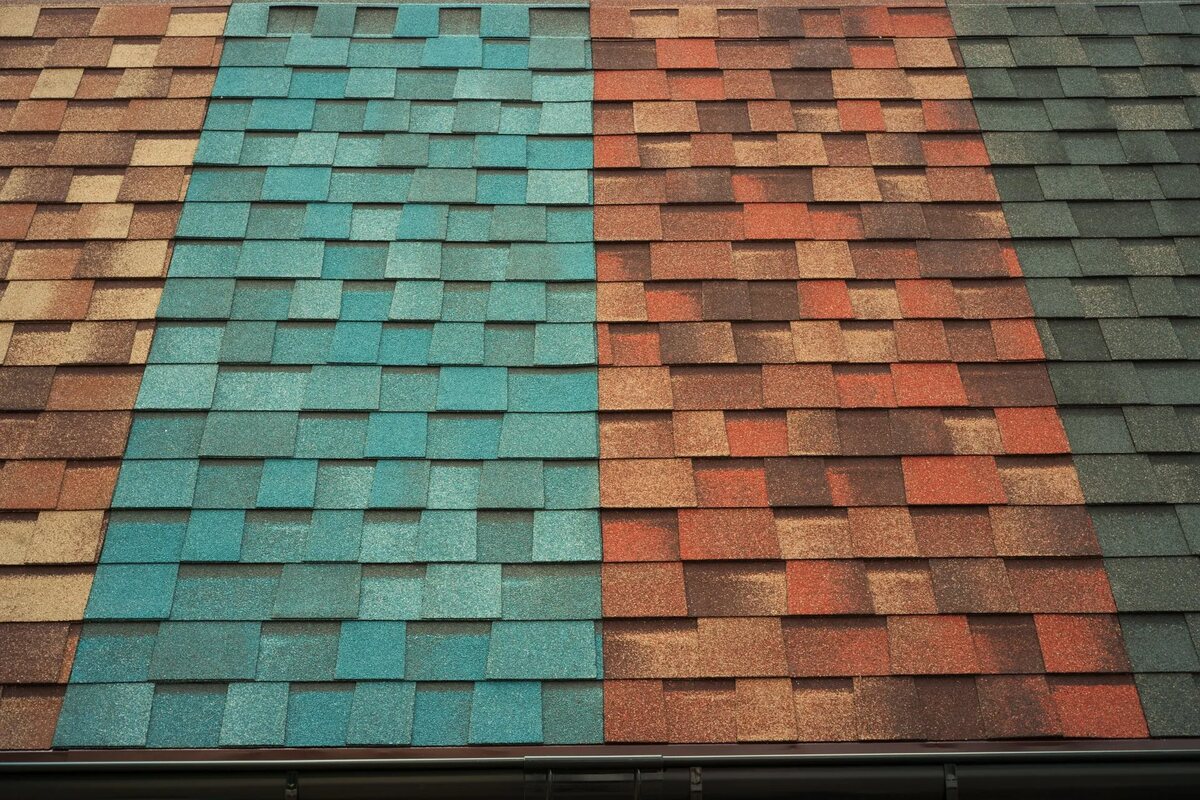
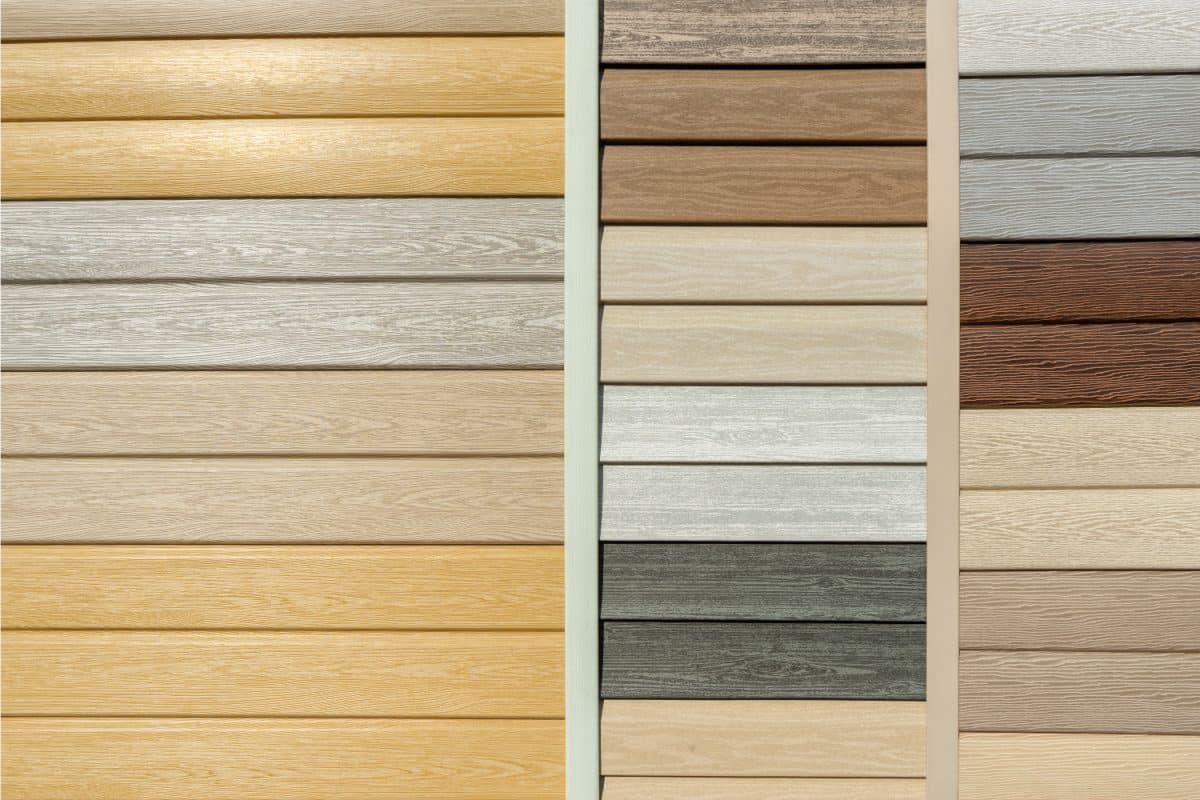
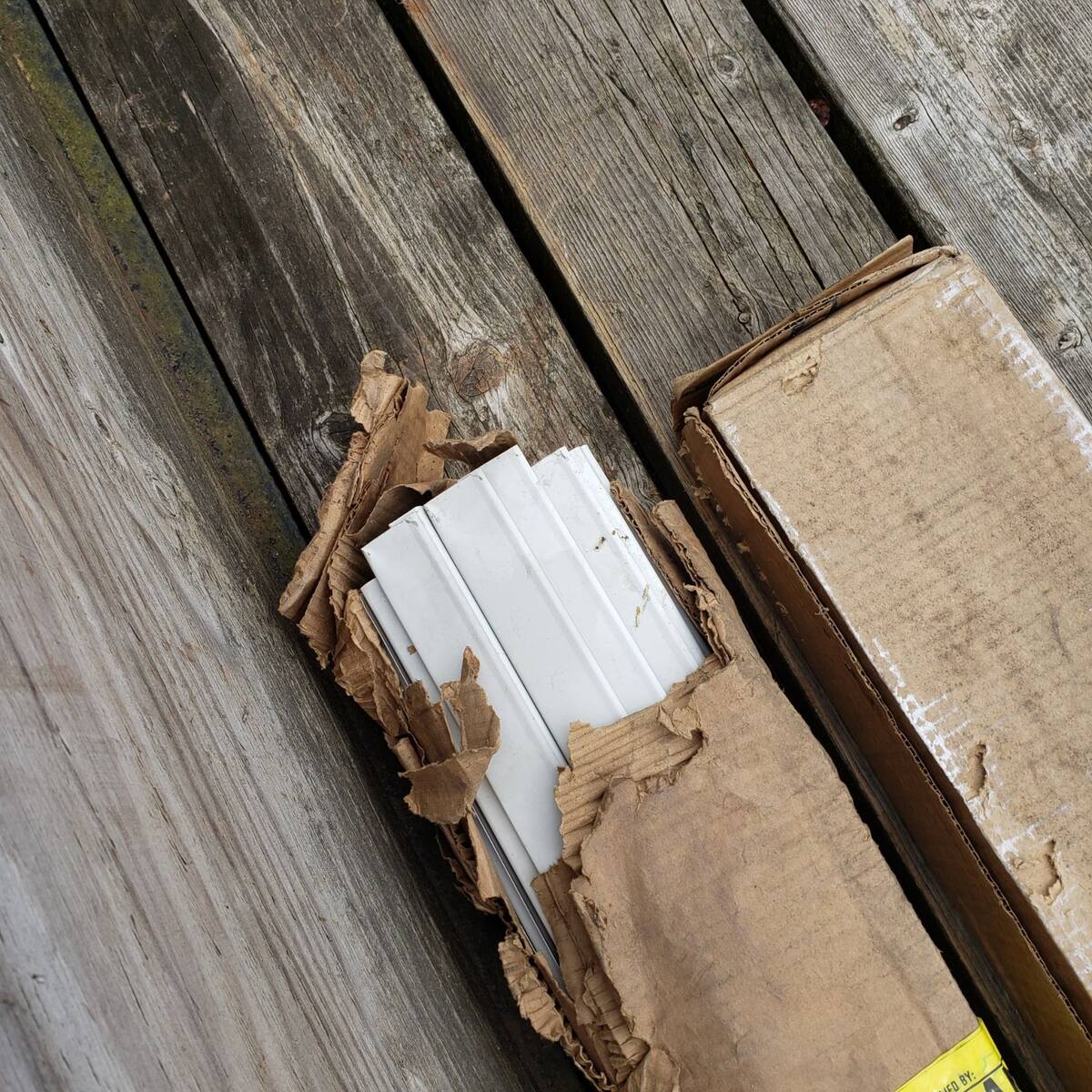
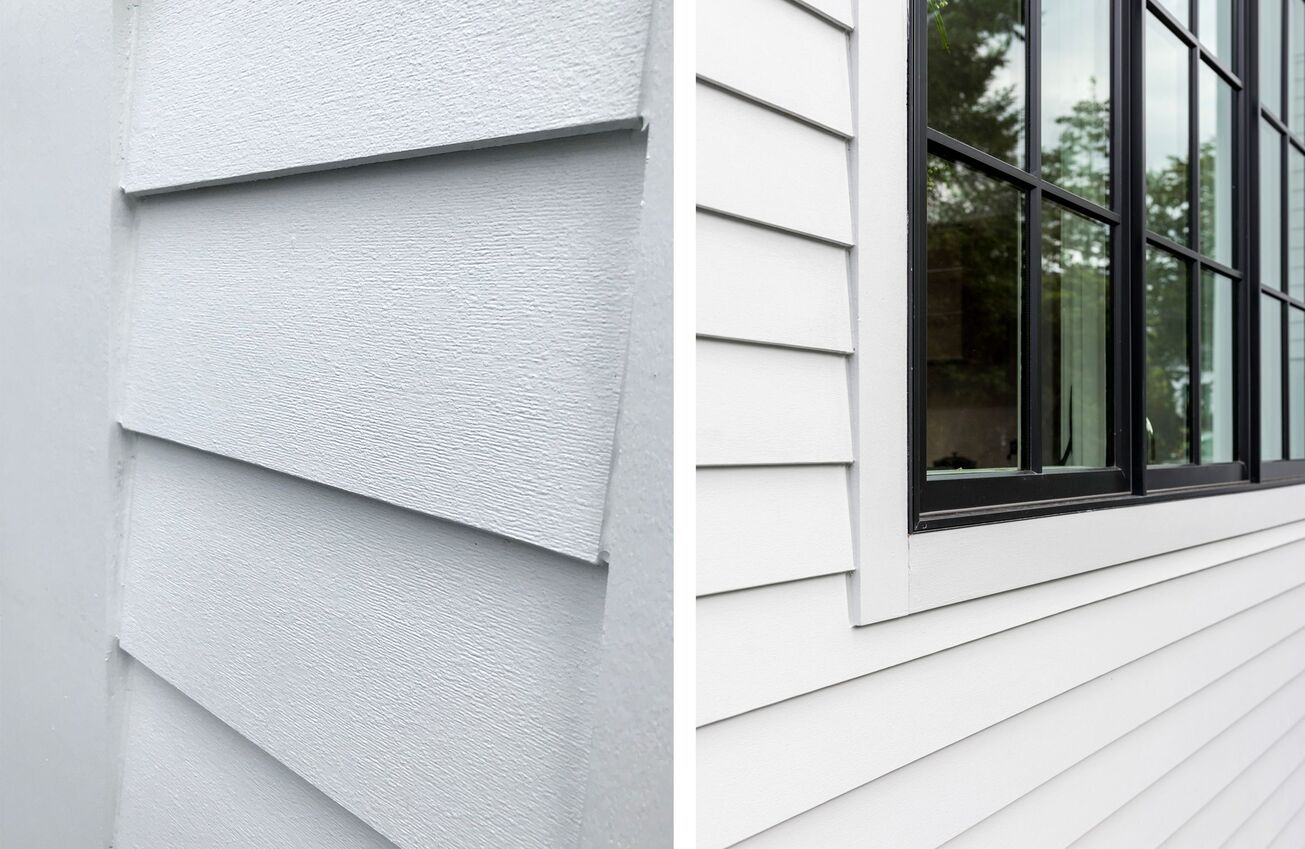
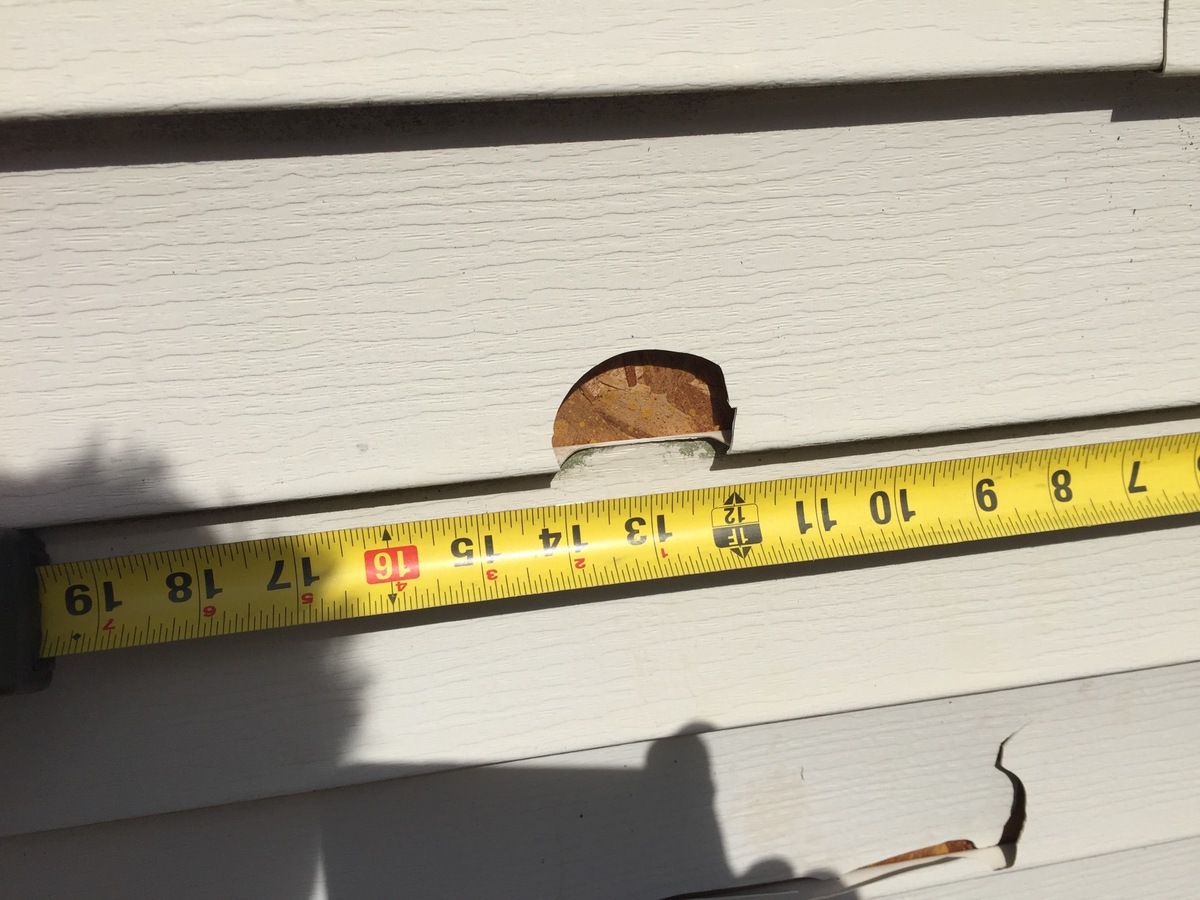
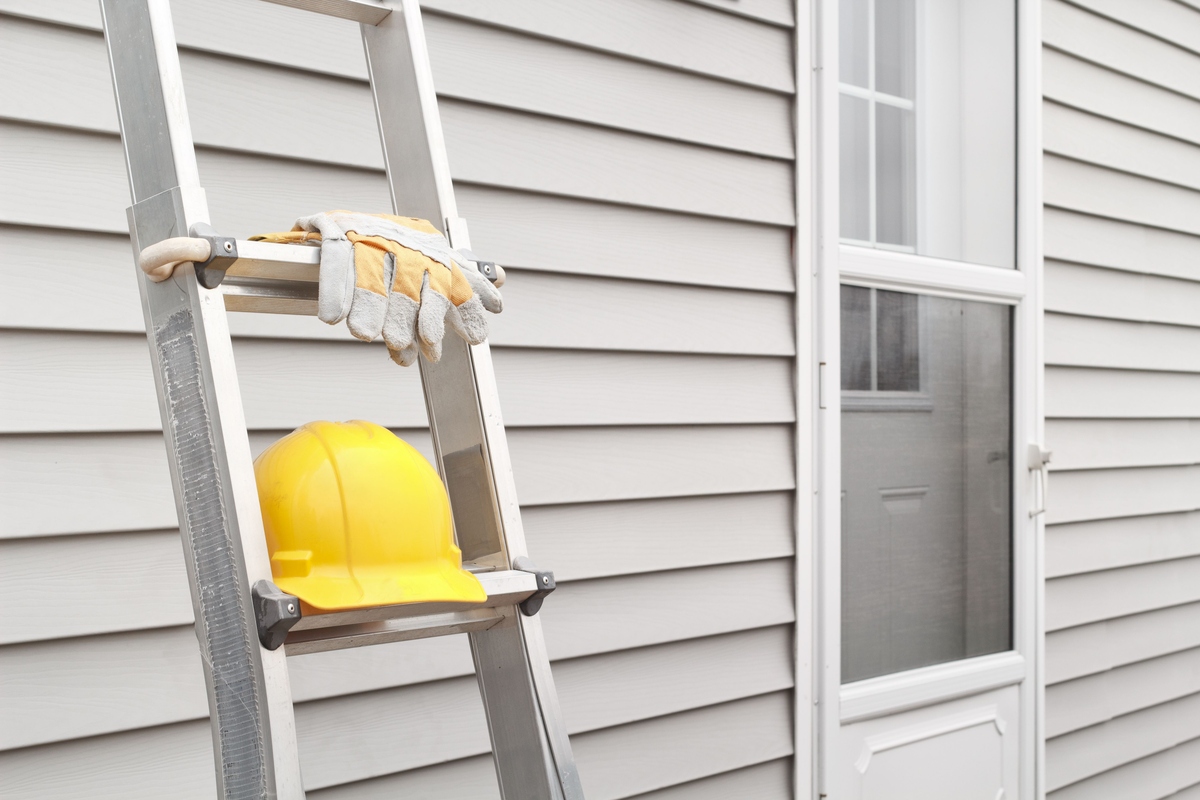

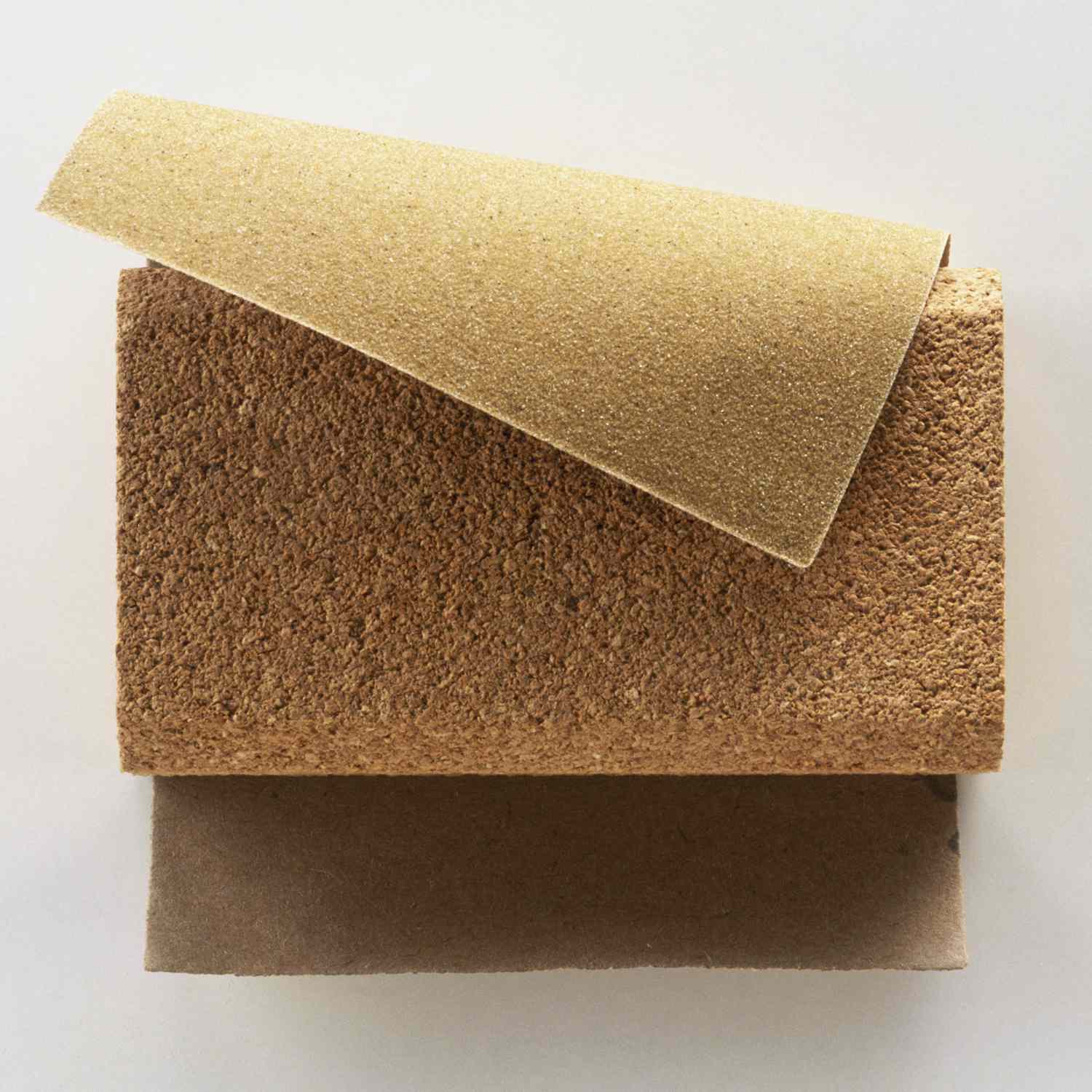

0 thoughts on “How Long Does Painted Vinyl Siding Last”